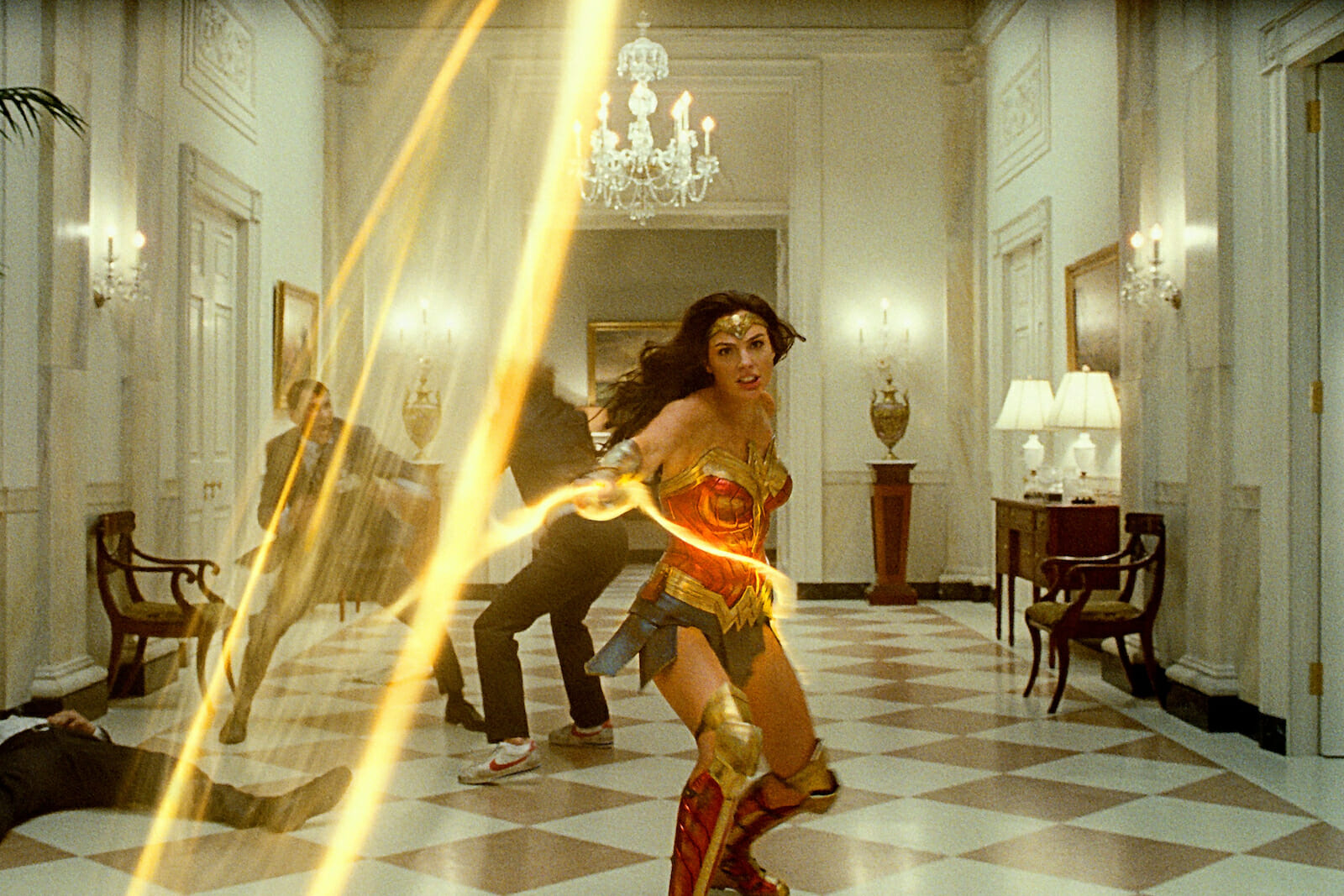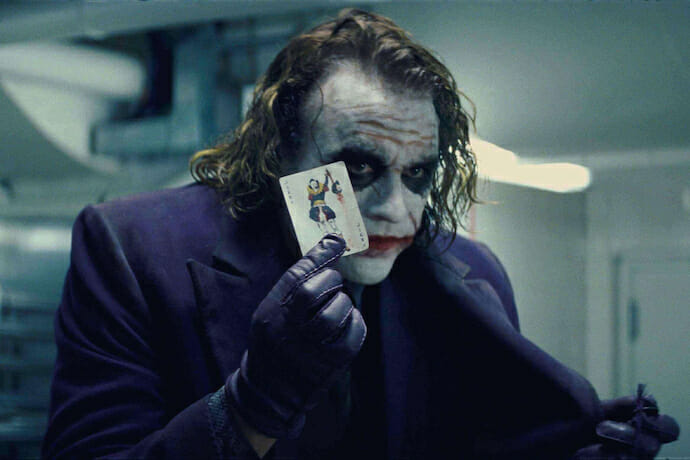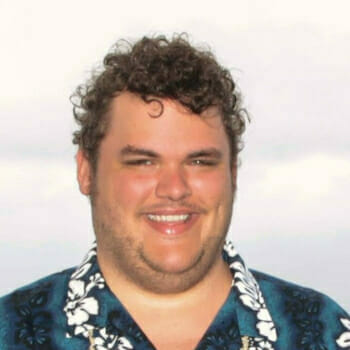
So Many Superhero Sequels Are Great. ‘Wonder Woman 1984’ isn’t One of Them.
Ever since the first cinematic superhero sequel, a 1949 serial called Batman & Robin came out, superhero sequels have been in a constant game of one-upmanship with their predecessors. And there have been some truly great ones: 1981’s Superman II, despite a troubled production and an alternative cut by original director Richard Donner, is still revered among fans of the Man of Steel. It is particularly known for its portrayal of villain General Zod (Terence Stamp), who at one point shouts “Come to me, son of Jor-El! Kneel before Zod!” in an iconic moment. 2004’s Spider-Man 2 is less corny and more emotionally grounded than its predecessor, as Peter Parker (Tobey Maguire) is forced to choose between the life he wants and the one he feels obligated to be in, his life as Spider-Man in a New York City threatened by Doctor Octopus (Alfred Molina). 2008’s The Dark Knight was a cultural phenomenon compared to its predecessor, 2005’s Batman Begins. It upped the ante with riveting performances, particularly the late Heath Ledger’s take on the Joker, a tight and memorable screenplay, and intense action. Just last month, it made it on the highly prestigious National Film Registry.
I really enjoy superhero sequels because they are the time and place to double-down on what worked the first time, as well as space to experiment and take risks. In fact, one of my all-time favorite superhero sequels is, controversially, 1992’s Batman Returns. While I understand it’s not everyone’s cup of tea, I personally think very highly of it. It invokes German expressionism in a way that no one would expect in a freakin’ Batman movie. Whereas the first installment, 1989’s Batman, just feels like a Batman movie as directed by Tim Burton, Returns feels like a Tim Burton movie that just happens to be about Batman. Because of that, Burton’s unique fingerprint is all over the proceedings. It wasn’t as smooth as the previous movie, it was darker and grittier, filled with villains like a ravenous, psychotic Penguin (Danny DeVito) and a Catwoman (Michelle Pfeiffer) who oozes sexuality in a skintight catsuit. This vision of Gotham City feels less polished, more manic, and chaotic. It’s one where there’s danger around every corner, or where penguins strapped with missiles walking down the middle of the street isn’t an unusual sight. The film alienated a lot of parents and children due to its darker sensibilities, so much so that McDonald’s famously pulled their Happy Meal promotional toys for the film. But I enjoy the risks the movie took, and that it did not want to simply copycat off of the success of the first one.
If you had a first superhero movie that was a success, chances are you can replicate the magic. 2003’s X2: X-Men United took the groundwork laid by the first X-Men movie in order to put our characters in far more danger than they ever had before. This is also true of another superhero sequel from around the same time, 2002’s Blade II, which takes Blade (Wesley Snipes) into even more vampire-infested territory. Now, this dynamic of rewarding superhero sequels isn’t always true, as even the venerated Marvel Studios had a disappointing run early on as some of their first initial blockbusters, including Iron Man, Thor, and even The Avengers, ended up having disappointing immediate follow-ups. (Marvel later got into the swing of making great sequels, as evidenced by Captain America: The Winter Soldier (2014), Civil War (2016), Guardians of the Galaxy Vol. 2 (2017), Thor: Ragnarok (2017), and Spider-Man: Far From Home (2019), among others.)
But hopes were high for the recently-released Wonder Woman 1984, as many believed that it would deliver in the great tradition of superhero sequels. The first one, simply called Wonder Woman and released in 2017, was a massive financial and critical hit that resonated with audiences worldwide. I myself saw it three times in theaters, in part because it felt like a definitive origin the way 1978’s Superman had been. It was a fresh, entertaining, and engaging time. It was light and peppy when it’s having fun with the fish-out-of-water in London, but it is also able to make the shift into more serious and dramatic moments in the trenches of World War I. Seeing the trailers for its follow-up, with a techno score and 80s-inspired color aesthetic, made me think we had another hit on our hands. How could it not work? It had most of the team from the first one back, including director Patty Jenkins, after all.
So, what exactly happened?
Wonder Woman 1984 was released onto streaming platform HBO Max on Christmas Day, as well as a limited theatrical release as theaters all over the country still cope with the effects of the COVID-19 pandemic. That decision to pair theatrical distribution with same-day streaming proved controversial in film circles, but I paid no mind to it because, at last, I was getting a new Wonder Woman movie. Imagine my surprise as Wonder Woman 1984 got mired in “wish logic,” as if it were a cheesy 80s cartoon for kids. It’s a movie whose MacGuffin is literally a magic-wishing rock with monkey’s paw logic that was brought to the Smithsonian. Plot-hole after plot-hole, from relic airplanes that apparently have gas in them and can still fly (and also that there’s a runway behind the Smithsonian…?) to nuclear missiles literally appearing out of nowhere, takes one out of the experience of watching it. You wonder about the implication of love interest Steve Trevor’s soul (Chris Pine) apparently taking over someone else’s body, which surprisingly enough is basically never addressed? The movie has “Wonder Woman” in its title, yet Diana herself (Gal Gadot) feels like maybe the 3rd most important character in the movie, at best. Her biggest moment of character development seems to be when she gains the ability to fly, seemingly at random. The fact that she uses her Lasso of Truth more for swinging around than actual defense tactics feels like they wanted a superhero who moved like Spider-Man, yet wasn’t actually Spider-Man.

The movie would rather focus on the likes of Barbara Minerva (Kristen Wiig), a friend of Diana’s who is also jealous of her and makes a wish to be like her, transforming her into the super-powered Cheetah. When Cheetah is finally revealed, she looks like a rejected design from the film adaptation of Cats, and the fight she and Wonder Woman have is the definition of anti-climactic. Done dirtiest is Maxwell Lord, played by The Mandalorian himself, Pedro Pascal. Lord is a Donald Trump-surrogate so transparently, blatantly obvious he might as well have “bigly” tattooed on his forehead. He’s a swindling con-artist with overdone hair and an obsession with wealth who lies and promises people whatever they want, ultimately to have not just the power of the U.S. presidency behind him, but the power of evil itself. For people who bemoaned the climax of the first movie, this one feels much more overbaked, and starts pouring the cheesiness and corniness on thick. The movie ends with Lord screaming things like “THE WORLD BELONGS TO ME!” and “YOU CAN’T STOP ME, NO ONE CAN!” in a typical superhero-movie-ending beam in a satellite dish powered by “wish magic” (just go with it). So what does Wonder Woman do to stop him? Lasso him? Punch him? Kick him? Nope. She saves the world by literally looking into the camera and lecturing everyone on Earth to work hard and to renounce their greatest wishes coming true. It’s as contrived and stupid as it sounds, and so is most of the movie, for that matter.
I must admit I was charmed by a lot of it in the first half, some of which comes from the fact that it takes place in my hometown of Washington, D.C. You can really tell that it was shot on location as opposed to many other D.C.-set productions. But by the second half, with characters randomly strolling into the White House as if that was a thing someone could do (even in 1984) to see a president who is very clearly not Ronald Reagan, the whole thing more-or-less collapses. By the end, I was counting down the minutes until the closing credits started. The movie is also way too long, and honestly kind of boring in stretches. Also, the movie might as well be called Wonder Woman 1995 or 2006 for what little they do with their 80s setting. Even Batman had the decency to put a freakin’ Prince song in his 80s-set movie.
Other recent DC movies, including Aquaman, Shazam!, and Joker, seemed to thrive by giving their directors a lot more control to carry out their respective visions. I think something similar happened here, but the creative team wasn’t nearly as concerned about who Wonder Woman is as a character as much as what she represents. They read the reviews when the first one came out that said that the character embodied the post-2016 election, post-Women’s March moment, and doubled down on Wonder Woman as a concept, a symbol of the #resistance. They didn’t realize the implications of a climax that includes such contrived logic and of Wonder Woman herself coming off more like a nit-picking nanny a la Mary Poppins telling the children to be proper and behave than she does Diana, warrior princess of Themyscira.
But at the same time, I can’t tell if Wonder Woman 1984 is another victim of studio meddling or rather a creative team that worked before not being able to catch lightning in a bottle again, a la George Lucas and the Star Wars prequels. While other recent DC Comics film adaptations felt like they were given room to breathe and ultimately thrive, that doesn’t appear to be the case here. Patty Jenkins is claiming that she had to fight Warner Bros. for her vision for the first film. You would think that with that amount of creative freedom, success could be easily replicated, but that doesn’t seem to be the case. You know who should have written this movie? Gail Simone, a comic book writer well-known for her run on the Wonder Woman comic book series. She is a writer who obviously understands Wonder Woman in a way that I’m not sure Jenkins (who, in addition to directing responsibilities, got story and screenplay credit for WW1984) does.
Regardless, this movie now serves as the biggest blow to the DC Extended Universe since the one-two punch of horribleness that was Batman v. Superman: Dawn of Justice and Suicide Squad back in 2016. Technically, Wonder Woman 1984 might be a tad better than Justice League, but at least there has been its intriguing afterlife and potential of the forthcoming so-called “Snyder Cut.” That being said, I’d be hard-pressed to watch Wonder Woman 1984 again any time soon. With breakout hit superhero movies, so many times, their sequels not only match, but surpass the originals. There’s a reason people quote “why so serious?” from The Dark Knight more than any individual line from Batman Begins. There’s a reason I remember Spider-Man 2 generating Oscar-talk at the time of its release. Why couldn’t this movie, of all follow-ups, the one the world had been waiting for, fulfill that expectation? Not even Diana’s Lasso of Truth can reveal how a sequel so promising ultimately turned out to be so disappointing.

